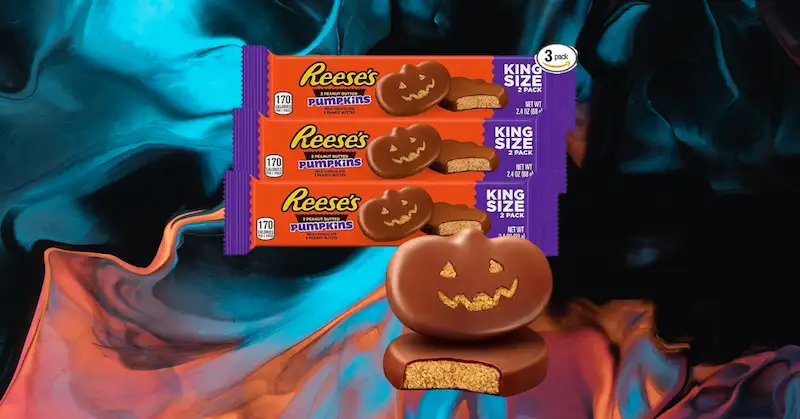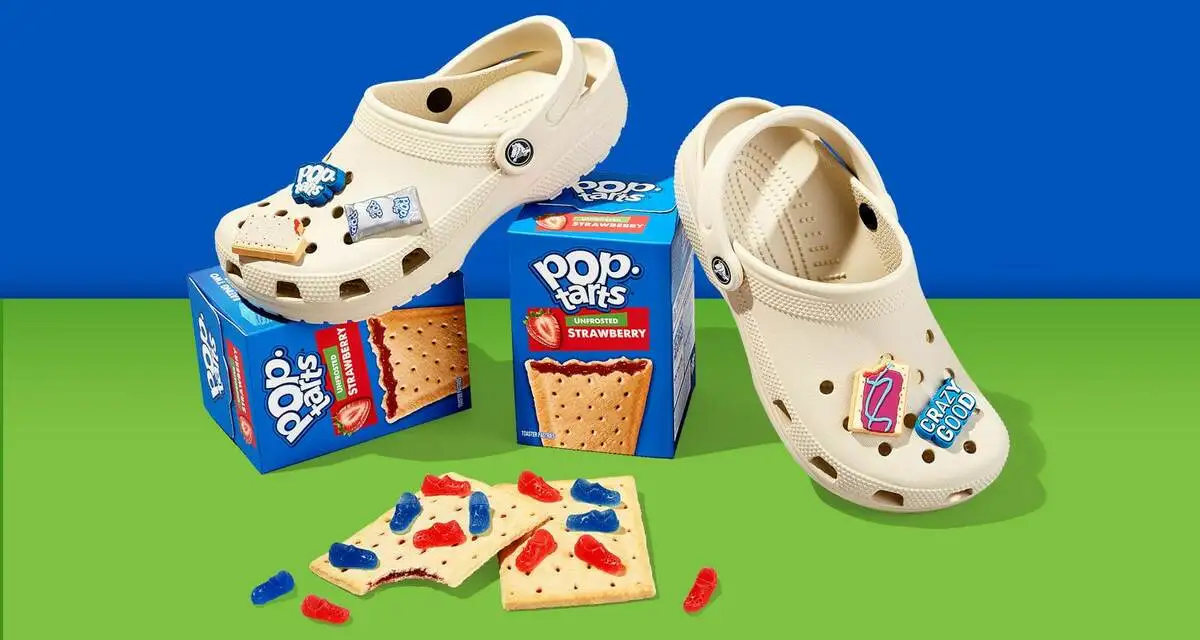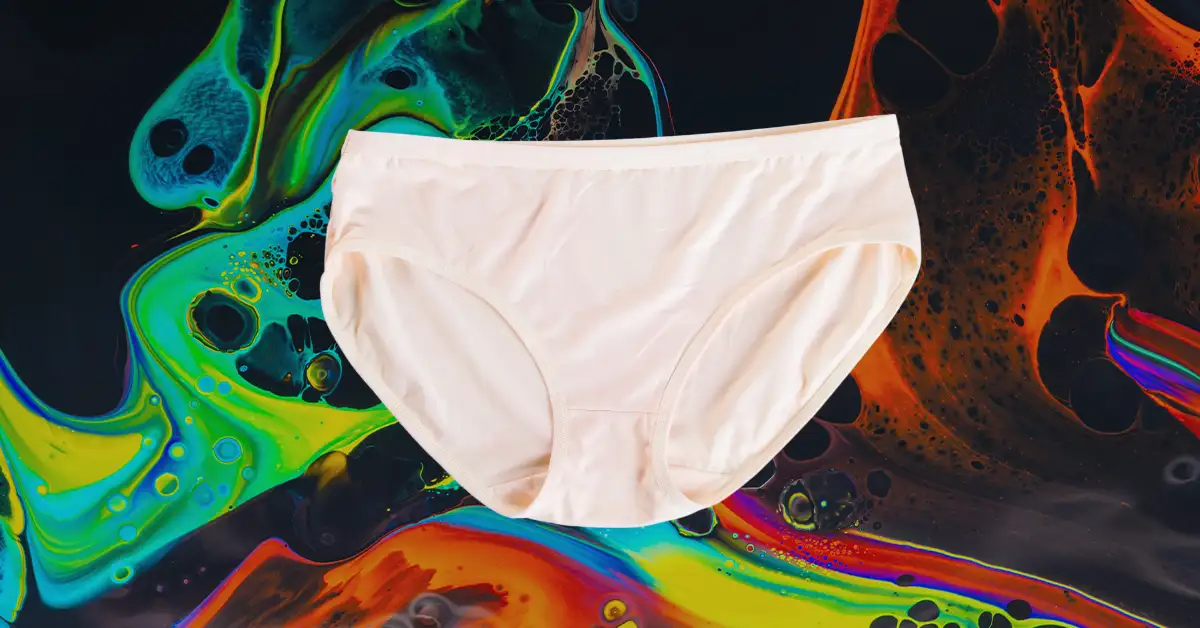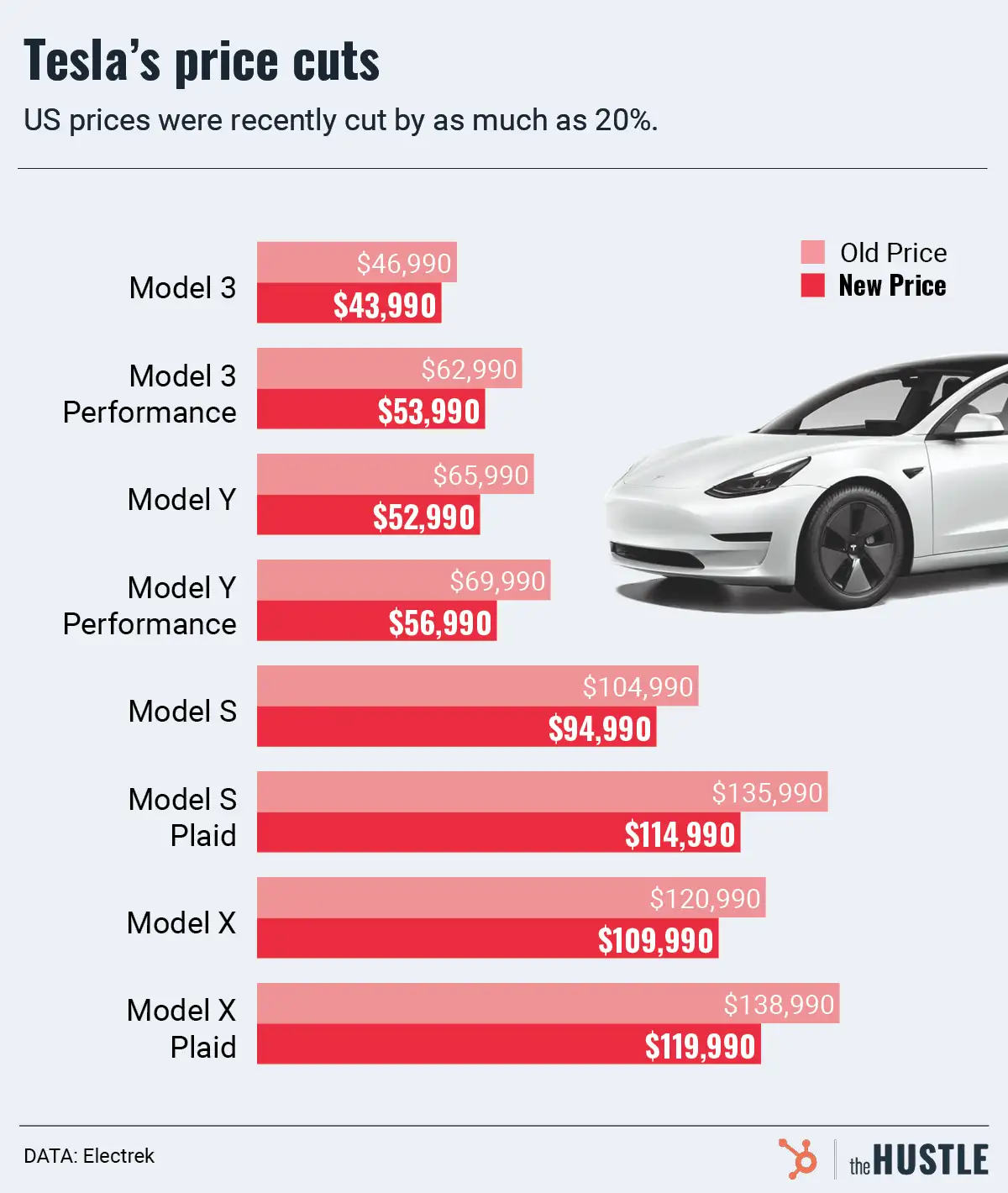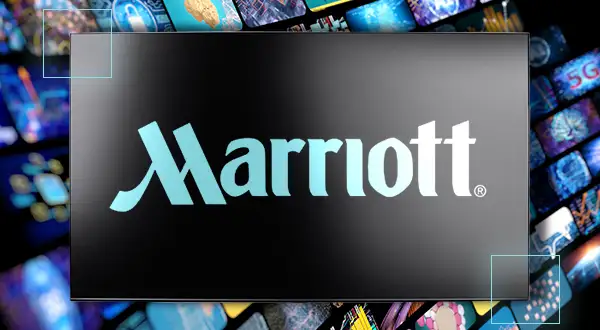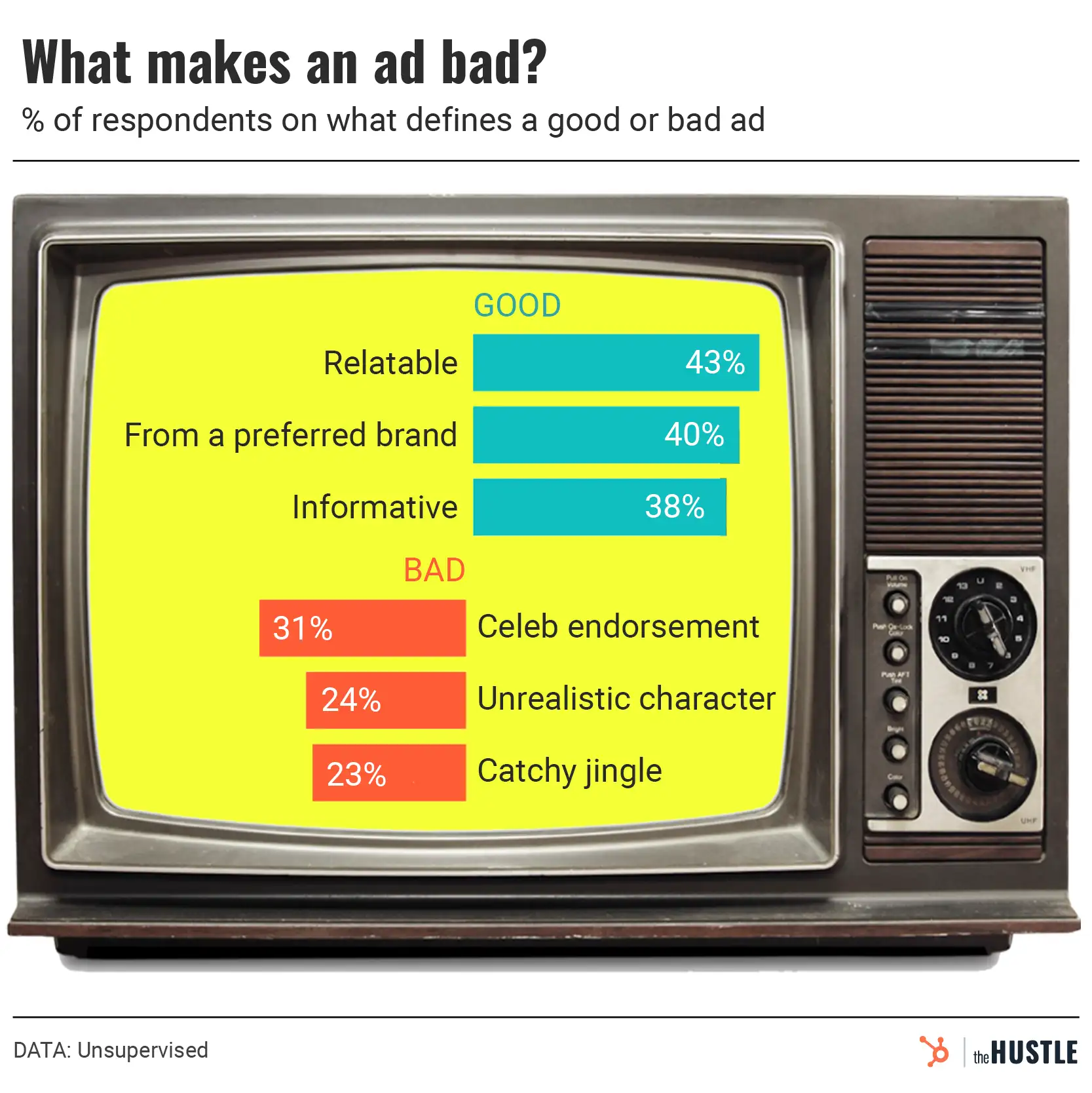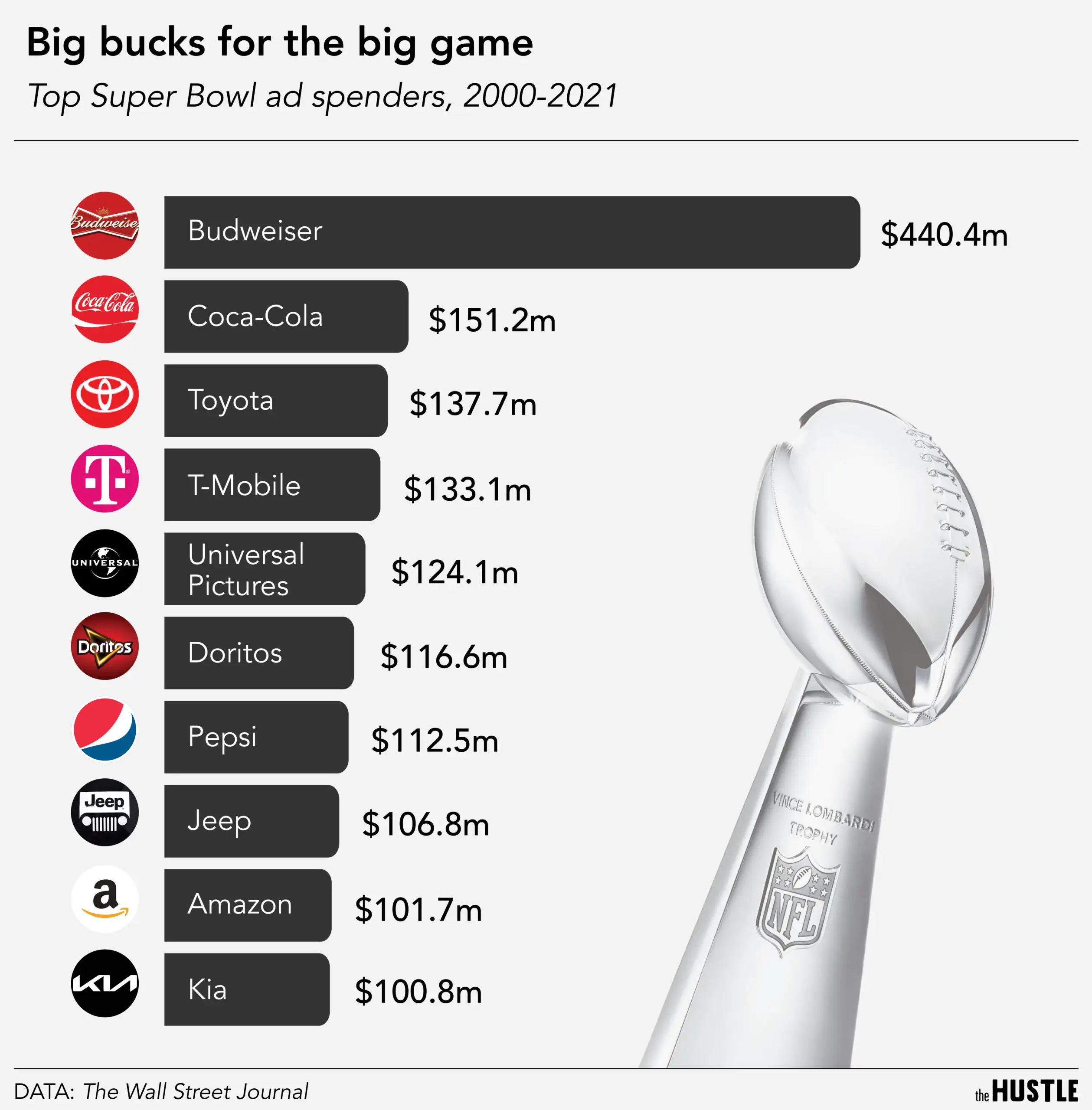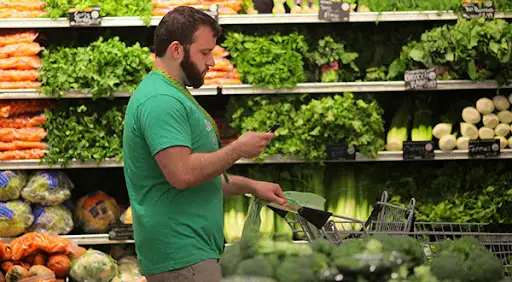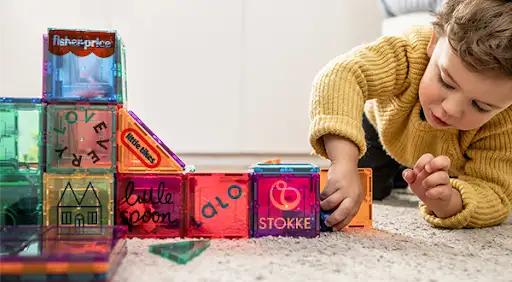Starting next year, emoji pickup trucks will likely be available on cell phones near you (Google and Android). It makes sense: Pickups are the most popular vehicles in the country.

But the process of how the pickup truck got pixelated is much dicier. Ford spent two years lobbying for the emoji, according to The Atlantic, and the design looks strangely similar to a Ford Ranger.
The situation leads to a very 21st century question: How much influence should brands have on bringing emoji into the digital world?
Meet the Unicode Consortium
New emoji don’t just magically appear. They’re selected by the Unicode Consortium, a volunteer organization that oversees the appearance of every computerized text and emoji (either the lamest or the coolest way to spend free time, depending on your personality).
Anybody can propose a new emoji. In the past, plenty of brands have done so unsuccessfully, including Kit Kat and Durex. Ford failed two years ago as well.
But a Unicode Consortium volunteer said she didn’t know this recent pickup proposal was sponsored by Ford. A pickup presentation suggested an outside creative agency and didn’t include any logos or branding — not even a subtle “this slide was built Ford tough.”
Not that it would have mattered
The volunteer said the proposal likely would have been accepted no matter what.
“Companies and their agencies usually have terrible proposals, and I remember the (pickup truck’s) being very good,” she told The Atlantic.
Ford has spent $50k on a campaign to promote this new emoji — a steal. Twitter has charged $1m for branded emoji during the Super Bowl.
The decision to accept the pickup emoji still needs to be finalized, but Ford is already celebrating with, uh, Bryan Cranston?

